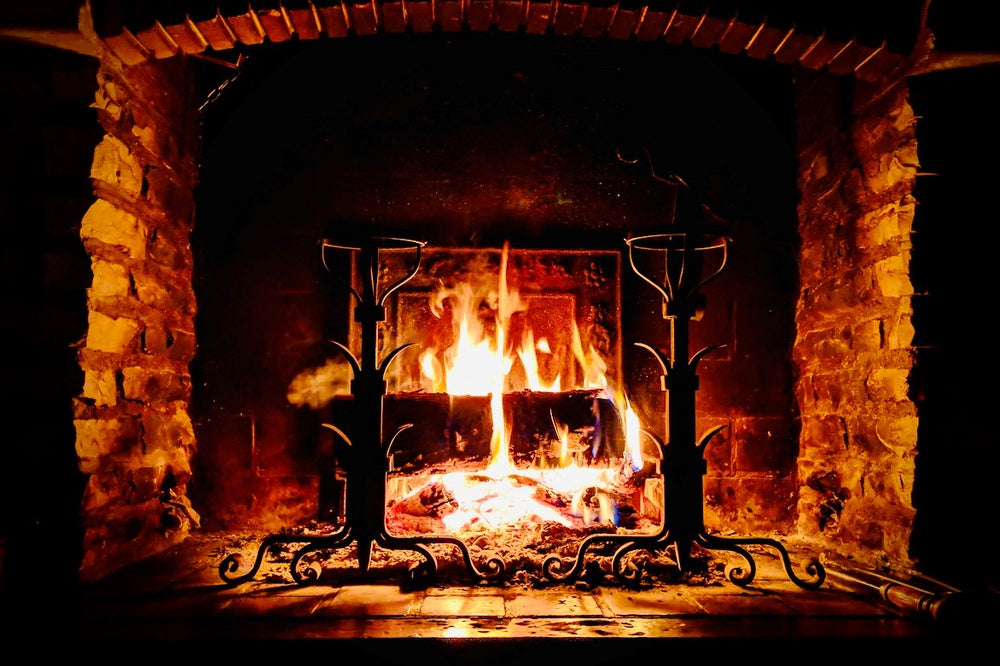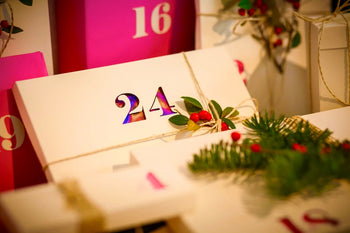So you’re reading The Yule Blog…but do you know the history of its namesake, the Yule Log?
Most people associate the yule log with either a delicious Christmas dessert or the annual television broadcast of a crackling fireplace with Christmas music in the background, but the actual origin of the yule log goes back much further.
Yule Love Norway
Like many places where winter is long and cold, Norway has many traditions revolving around light and is the birthplace of the Yule Log.
The word “Yule” comes from the Norse word “hweol,” or wheel. It’s based on the Norse belief that the sun was a giant wheel of fire that rolled towards and then away from the earth. The word can also refer to the festival that took place in Northern Europe; many cultures had festivals associated with burning trees to stave off the dark. Some of the traditions place the burning of the Yule log at midwinter or the winter solstice; like so many traditions, it seems to be a mix of both pagan and religious traditions from different cultures.
Another Yule Log In The Fire
The central role of the fireplace in holiday traditions can also be traced back to the Yule log. At one point the log was actually a whole tree. It would be brought into the house with great fanfare, and part of it pushed into the fireplace; as it burned, more and more of the tree would be leveraged into the fireplace. Some stories say a portion of the tree was burned each night, starting on Christmas day and lasting for 12 days, until January 6th. It was traditionally lit from the embers of the previous year’s tree. In some traditions, the remainder of the tree was placed under the bed as protection against lightning, and, if you can believe it, fire. Once the log had been lit, it was considered bad luck to have to relight it that year.
References to something akin to a Yule log date back to the early eighteenth century, when a British historian tried to trace the Yule Log’s origins and concluded that it might well date back to the Saxons. Event before that, there’s a reference to a “Christmas log” in Robert Herrick’s poetry in the mid-1600s; it’s not referred to as a Yule Log until 1686 in the work of writer John Aubrey.
Yule Log traditions abound in the United States as well; in 1947, a record of a Yule Log ceremony that took place in Colorado was noted as having occurred since 1934.
The Modern Yule Log
The tradition continues: In 1966, a New York TV programming director, Fred Thrower, had an idea of how to let New Yorkers who didn’t have fireplaces in their apartments enjoy the tradition anyway—he had his TV station, WPIX, play a video, starting on Christmas Eve, that showed a blazing log in a fireplace with Christmas music in the background. It was an immediate success, and even today, virtual Yule Logs are still a mainstay.
Today, Yule Logs are also more common in the dining room than in the fireplace-- at least the edible kind. Buche du Noel (Christmas log) is a Yule Log-shaped cake that’s French in origin; it’s believed that it was created when families didn’t have a fireplace to burn an actual Yule Log.
Want to experience your own Yule Log?
Try this Elf Squad Kitchen recipe for a streamlined Buche du Noel -- perhaps you can enjoy it while watching the very first virtual Yule Log crackling away?
Want to add some extra yule joy to your home this holiday season?
Rent-A-Christmas can help!






